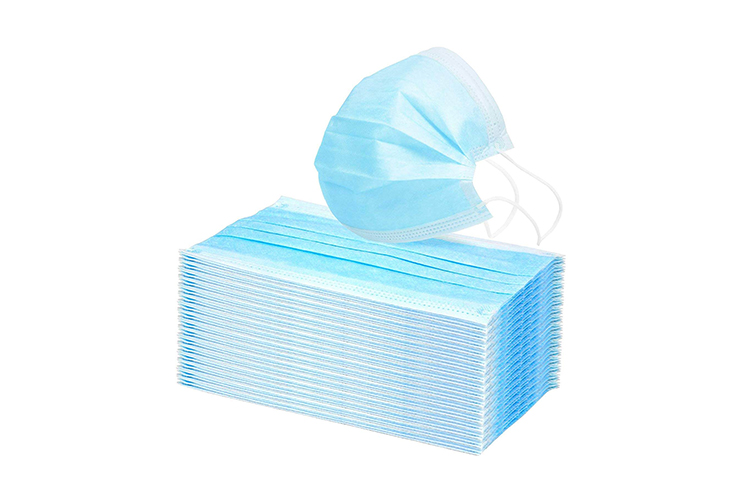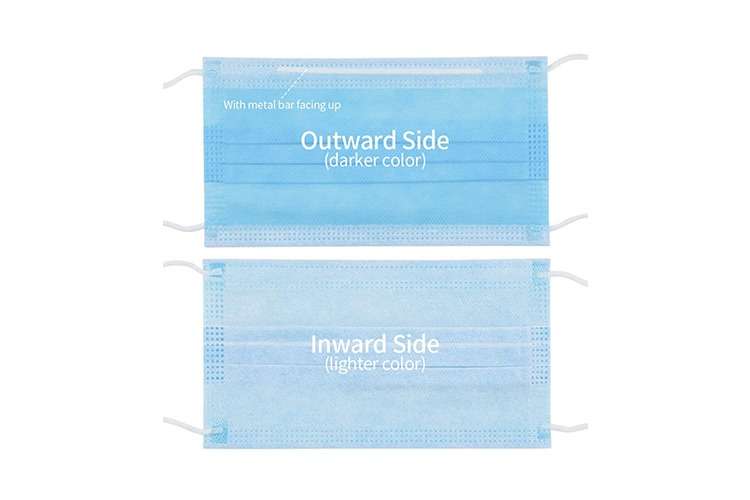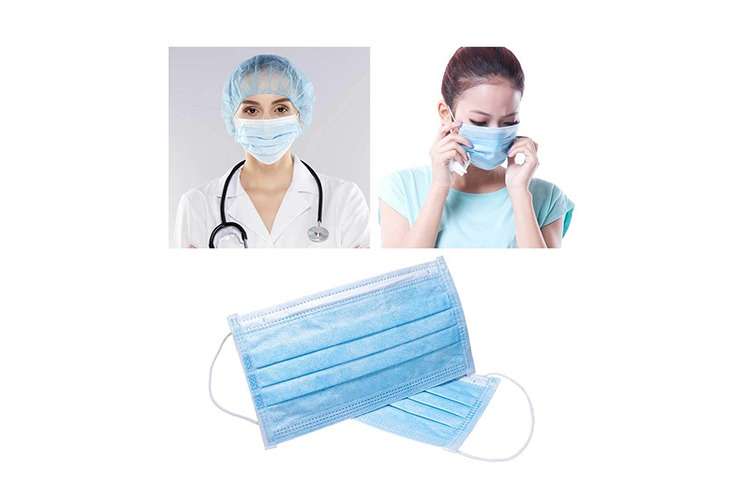Best fabrics for making DIY Masks

It is no longer news that surgical masks (know more) are in short supply in many countries today. This is why there is a need to fall back to DIY masks as a last resort. Though these masks are not completely approved by the CDC and other medical bodies, they have their advantages.
After a couple of studies, it has been discovered that DIY face masks offer a level of protection against viruses. The question is, what fabric is most potent against viruses and bacteria? This is the question we will be answering in this post.
The best materials for homemade masks
All over the world, people have come up with face masks made from different materials. For example, in China, many people made masks using kitchen towels, tissue paper, cotton fabrics, and oranges. Anything they could lay their hands on just to protect themselves was used.
A research was carried out at Cambridge University to find out the best materials to make homemade masks. They shot some Bacillus atrophaeus (0.93 -1.25 microns) at a range of household materials to check their effectiveness. They also shot Bacteriophage MS virus (0.023 microns) at the different materials.
Their experiment results showed in percentage, how each material was able to capture the bacteria and viruses. This was done in relation to the regular surgical mask and the result would tell the best material for DIY masks.
The table below shows the different materials and how they performed:
| Material | Performance (%) |
| Surgical Mask (Control) | 97% |
| Vacuum cleaner bag | 95% |
| Dishtowel | 83% |
| Cotton blend | 74% |
| 100% cotton T-shirt | 69% |
| Antimicrobial Pillowcase | 65% |
| Scarf | 62% |
| Pillowcase | 62% |
| Linen | 60% |
| Silk | 58% |
Of course, the surgical mask leads the way, after all, it is the most recognized and certified of the lot. However, it is evident that all the materials were able to filter over 50% of the particles. This is a pass mark considering the times we are in. from this table, your best fabric options for making your face mask at home are vacuum cleaner bags, dish towels, and cotton blend shirt.

DIY Face Masks vs. Viruses
The above test was carried out using bacteria measuring at least 1 micron. If you needed a mask to protect you from coronavirus, you need a more stringent test. Coronavirus is 0.1 microns which is ten times smaller than the bacteria used. This is where we have to ask if homemade masks are effective against virus particles.
This same study carried out the same test with Bacteriophage MS2 (0.02 micron). Coronavirus is five times larger than these particles making them worthy of the test. The results presented in the table below show how the different materials performed.
| Material | Performance (%) |
| Surgical mask | 89% |
| Vacuum cleaner bag | 86% |
| Dishtowel | 73% |
| Cotton blend | 70% |
| Antimicrobial Pillowcase | 68% |
| Linen | 62% |
| Pillowcase | 57% |
| Silk | 54% |
| 100% cotton T-shirt | 51% |
| Scarf | 49% |
According to these results, homemade materials didn’t do too badly. Only scarf material fell short at 49%. This means that you can make a face mask with any of these materials and have at least 51% protection except scarf.
Are homemade masks with two layers more effective?
This is one question we have heard so many people ask considering that filtration is very important in masks. Again, research was carried out to find out if double-layered masks with some materials will be more effective. Here are the results of this test below:
| Material | Performance (%) |
| Surgical mask | 97% |
| Dishtowel | 97% |
| 100% cotton t-shirt | 71% |
| Pillowcase | 62% |
Looking at this result, there was no difference with surgical masks so you don’t need to wear double masks. The only marked difference is the dish towel that rose from 83% to 97% when doubled, a 14% increase. Pillowcase and cotton t-shirt only showed a 2% rise each so they aren’t so effective when doubled.
Despite the dish towel and vacuum cleaner bag being the top-performers, the scientists didn’t label them the best materials. They preferred a 100% cotton t-shirt and the pillowcase for DIY masks.

Homemade face masks and breathability
You must be wondering why 100% cotton t-shirt and the pillowcase were chosen above the dish towel and vacuum cleaner bag. The reason is “breathability.” While protecting yourself is very important, it more important that you can breathe with the mask on.
Is your homemade mask comfortable enough? Just so you know, comfort when it concerns breathing isn’t a luxury. The comfort you enjoy with your mask determines a lot of things that influence your protection. If you aren’t comfortable, you are likely to tug against the mask frequently or even take it off soon. Doing this leaves you at the mercy of the diseases you were avoiding in the first place.
Part of the test carried out was to check how breathable the different materials were. Each homemade mask was compared to the medical mask for reference purposes. The results are displayed in the table below.
| Material | Performance (%) |
| Pillowcase | 28% |
| Linen | 25% |
| Scarf | 13% |
| Silk | 11% |
| 100% cotton t-shirt | 8% |
| 100% cotton t-shirt (two layers) | 3% |
| Surgical masks | 0% |
| Pillowcase (two layers) | -4% |
| Antimicrobial pillowcase | -15% |
| Cotton blend | -28% |
| Dishtowel | -38% |
| Vacuum cleaner bag | -104% |
| Dishtowel (two layers) | -128% |
This table shows that while the dish towel and vacuum cleaner bag came out tops with particle capture, breathability was poor. The double-layered dish towel was more than twice too difficult to breathe through when compared to the medical mask. This means that anyone who wears such a mask will take it off almost immediately which defeats the purpose.
It was far easier to breathe with the 100% cotton t-shirt and pillowcase as well as the linen and scarf. The results show that they are more breathable than surgical masks.
Wrapping Up
Scientists have concluded that the best materials for DIY masks based on breathability and particle capture are pillowcases and cotton t-shirts. For now, these materials are your best options so stick to them. When you make your face masks, ensure that you follow the stated guidelines for mask usage. This will keep you safe, at least to a reasonable extent. If you have any demand for surgical masks, welcome to inquire us at Zigpac.






Validate your login
Sign In
Create New Account